
One of my favourite food shows is SIAL – it’s the premier event for food innovation and food inspiration. Here are just a few highlights from this year’s event in Toronto.
Winners of the SIAL Innovation Contest
It’s always exciting to see the winners unveiled at this 12th annual international competition. This year’s three grand-prize winners are:
• GOLD Grand Prize – Vegan Keto Buns by Unbun Keto Foods: Described as 100% plant-based, these buns are made with almond flour, pumpkin seed protein powder, coconut flour, psyllium husk, flax meal and chia seed meal. According to the company’s website, the buns are gluten-free, vegan, keto, grain-free, starch-free and paleo. Each bun (87g) contains 260 calories, 18 g fat, 2 g saturated fat, 14 g carbohydrates, 11 g fibre, 1 g sugars, 11 g protein and 370 mg sodium.
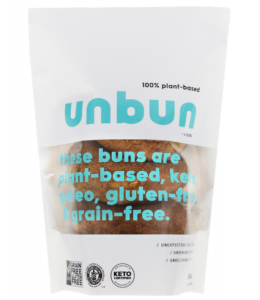
• SILVER Prize – Yummy Doh Raw Cookie Dough: It’s exactly what it’s says it is – a vegan cookie dough that is safe to eat raw (there’s no egg product) and can also be baked into cookies. Made with heat treated enriched wheat flour, a 2 Tablespoon serving contains 120 calories, 6 g fat, 1 g saturated fat, 16 g carbohydrates, 1 g fibre, 8 g sugars, 1 g protein and 120 mg sodium.
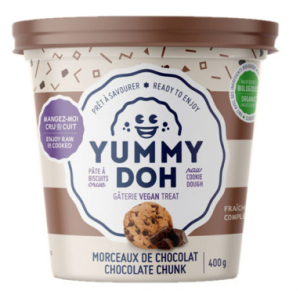
• Bronze prize – ICE Oat-based Coffee: This innovation is an oat-based coffee drink that’s made from oats and cold pressed sunflower oil. It’s marketed as a dairy-free, vegan drink for coffee lovers. The cylinder-shaped cardboard package is cool! In 100 mL, the nutritional profile is 54 calories, 1.2 g fat, 9.6 g carbohydrates, 4.8 g sugars, 0.2 g fibre, 1.1 g protein, 74 mg caffeine per can.
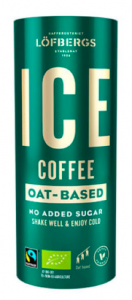
• Hopeful Prize – Partake Pale Ale-Craft Non-Alcoholic Beer: This new award recognizes food startups. Made with water, barley, hops and yeast, and 0.3% ABV, the beer contains 10 calories per 355 ml can.
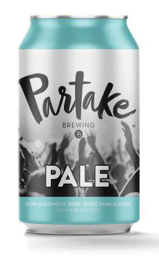
Canadian Plate Challenge
New to SIAL this year was a culinary competition hosted by the University of Guelph’s Arrell Food Institute. Four chefs from across the country were challenged to create a healthy, sustainable dish that “tastes like Canada”, using 13 ingredients from each province and territory. The competing chefs were:
– Andrea Carlson of Burdock and Co. in Vancouver, British Columbia
– Laura Maxwell of Le Sélect Bistro in Toronto, Ontario
– Josh Crowe of Monkland Taverne in Montreal, Quebec
– Pierre Richard of Little Louis’ Oyster Bar in Moncton, New Brunswick
And the winner is…Pierre Richard for a twist on his traditional chowder. Using a variety of ingredients like dried morel mushrooms from the Yukon and snow crab from Newfoundland and Labrador, Pierre plated the dish with a bannock-inspired tuile and a pour over ‘Ocean Nage’ intended to represent the coming tide of The Bay of Fundy.
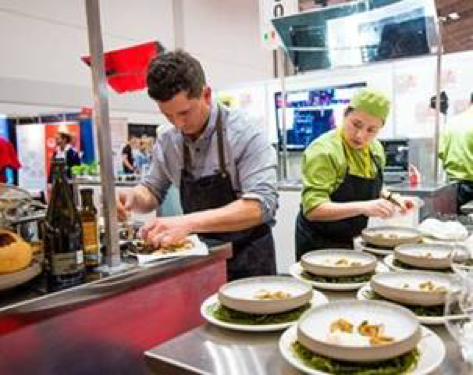

Congratulations to all of the winners!
Written by: Sue Mah, Registered Dietitian & Founder, Nutrition Solutions Inc.
[Images: SIAL Canada]
















